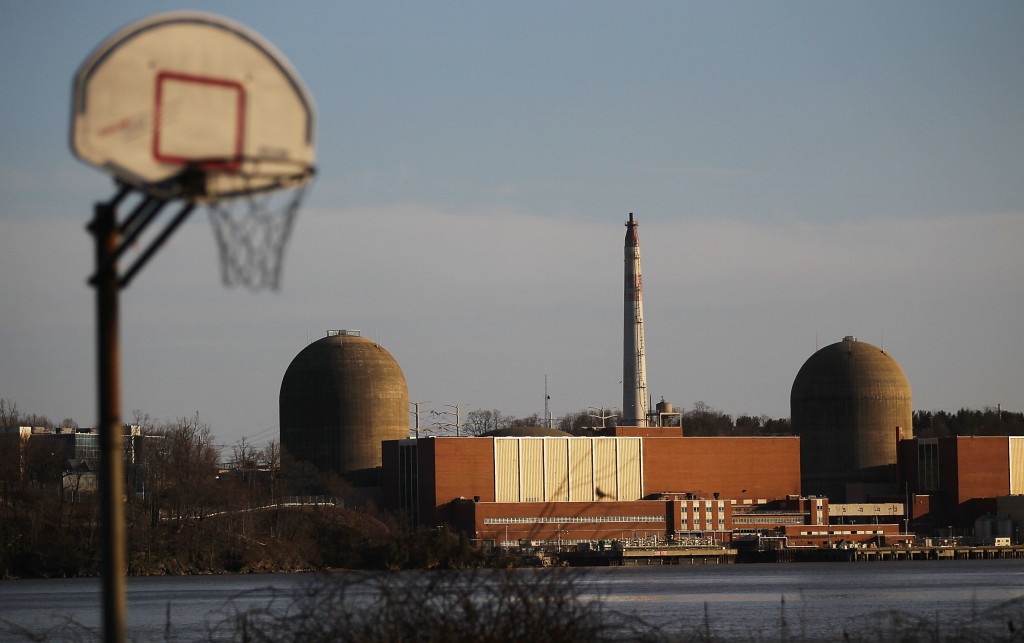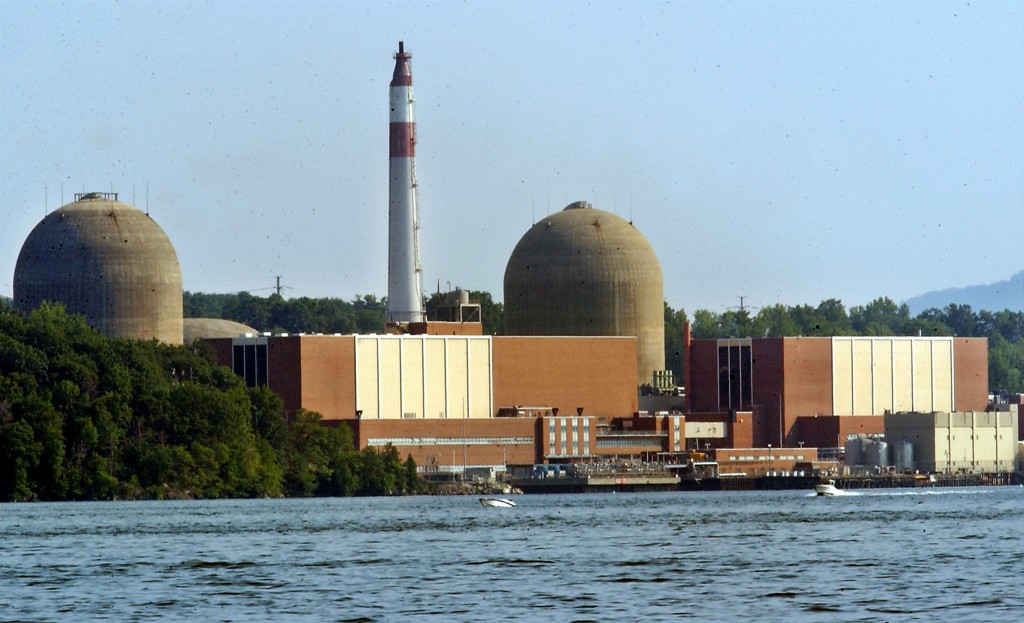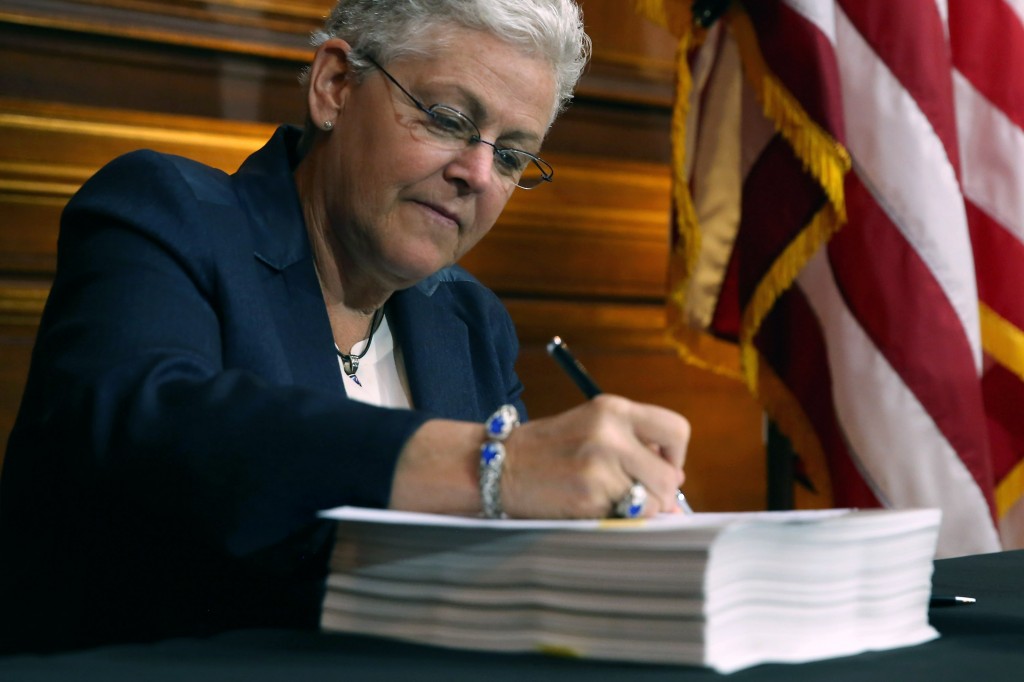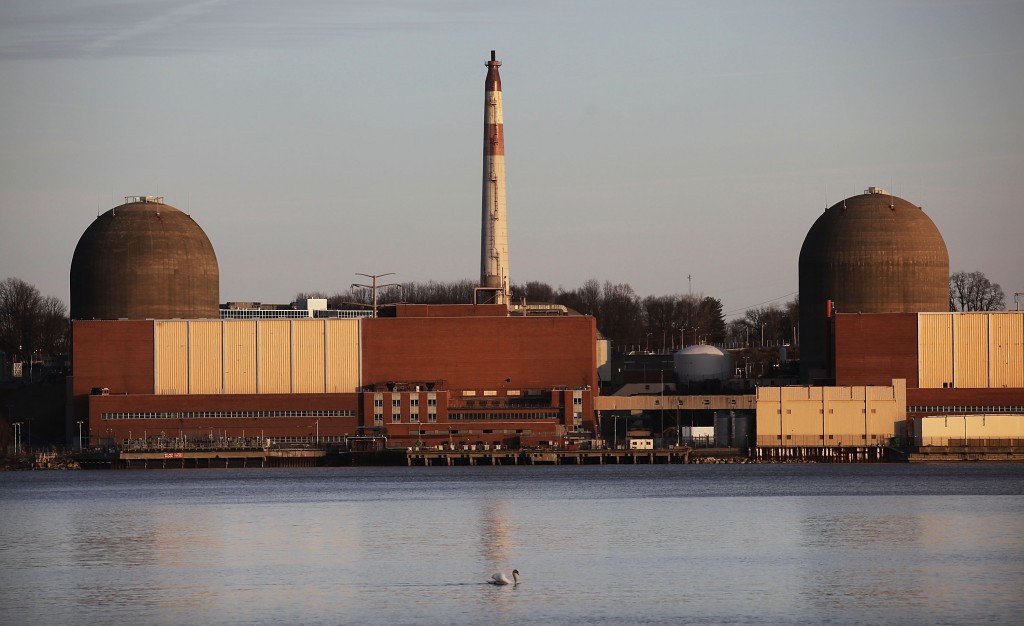Well, it depends on who you ask, of course. But some suggest the existing US nuclear regulatory framework contains flaws – that in some cases – allow cost to trump safety. There has always been tension between the nuclear industry and the regulators that oversee it. The strongly-held views that permeate discussions around safety, economic… Keep reading →
Indian Point
US Nuclear Power Safety: Is the Glass Half Empty or Half Full?
By Roman Kilisek and Jared AndersonSign up and get Breaking Energy news in your inbox.
We will never sell or share your information without your consent. See our privacy policy.One of the more contentious issues in the US today is relicensing the nuclear power plant fleet for additional 20-year periods. As you can imagine, this issue can be particularly divisive in the local communities in which these plants are located. That is certainly the case with the Indian Point Energy Center – owned by… Keep reading →
Energy News Roundup: EPA Chief Expects Earful, NY Nuke Plant Summer Shutdown Debate & UK Upholds Carbon Target
By Jared AndersonEPA Chief Gina McCarthy goes before the Senate today for the first hearing about the agency’s proposed carbon emissions regulations covering existing power plants and she is “expected to get an earful from Republicans.” Monday night a group of business interests sent a letter to McCarthy calling for EPA to extend the comment period, alter… Keep reading →
Opinion: Is Nuclear Energy Too Cheap to Meter, or Too Costly to Matter?
By Bridgette BurkholderIn 1954, Lewis Strauss, the Chairman of the United States Atomic Energy Commission, promised a future of energy that would be “too cheap to meter”. He was talking about nuclear power. Now, 60 years later, nuclear is an increasingly hot and divisive topic in the energy debate. Is nuclear, as Strauss said, too cheap to… Keep reading →
Transmission Projects to Reduce Dependence on Indian Point Reactors
By Energy Solutions ForumThe New York Public Service Commission has approved new power lines as part of its Indian Point contingency plan. On October 17, 2013, the New York State Public Service Commission (PSC) approved three transmission projects to maintain grid reliability if Indian Point Energy Center (IPEC) closes due to license expiration in 2015. IPEC’s nuclear reactors,… Keep reading →
Nuclear Power Debate Heats Up in NYCs Backyard: Relicensing Controversy Intensifies
By Jared Anderson
The battle lines have been drawn for years, but the fight over nuclear power’s risks and benefits reached a new stage in New York this week where issues including public safety, reliability, the environment and ratepayer costs are being disputed.
The Indian Point nuclear power plant run by Entergy generates over 2,000 MW approximately 30 miles north of New York City. Supplying roughly 25% of New York City’s and Westchester County’s electricity, the plant’s operating licenses are due to expire within the next few years and the federal hearings are drawing Indian Point’s proponents and critics into stark relief. Keep reading →

Imagine trying to manufacture and deliver gifts to all 2 million kids in New York City the exact moment they wake up on Christmas morning, without being able produce or store them anywhere ahead of time. You would either have to maintain toy-manufacturing plants on the roof of each home, or construct a supersonic delivery system with unlimited flexibility. The rest of the year, these plants and the high-end delivery system would sit idle until the next Christmas arrived.
If you’re thinking this scenario seems ridiculous and wildly inefficient, you’re right. So it’s surprising to learn that this is how the world thinks about and builds our current electric power infrastructure. This type of planning process was necessary ten years ago based on the state of the world, but today, advances in new technologies such as energy storage and demand response can fundamentally change this scenario. Keep reading →

Power prices have been dipping around the country because of low natural gas prices, but some states could face the potential of higher prices for electricity as more renewable energy comes online and seeking to replace threatened baseload power could drive prices higher regardless.
The Manhattan Institute released a study on February 28 by Senior Fellow Robert Bryce concluding US renewable portfolio standards (RPS) for power generation appear to pose risks to a fragile economy — increasing electricity costs in many states at a time when consumers are struggling with high unemployment and discretionary spending constraints. Keep reading →





